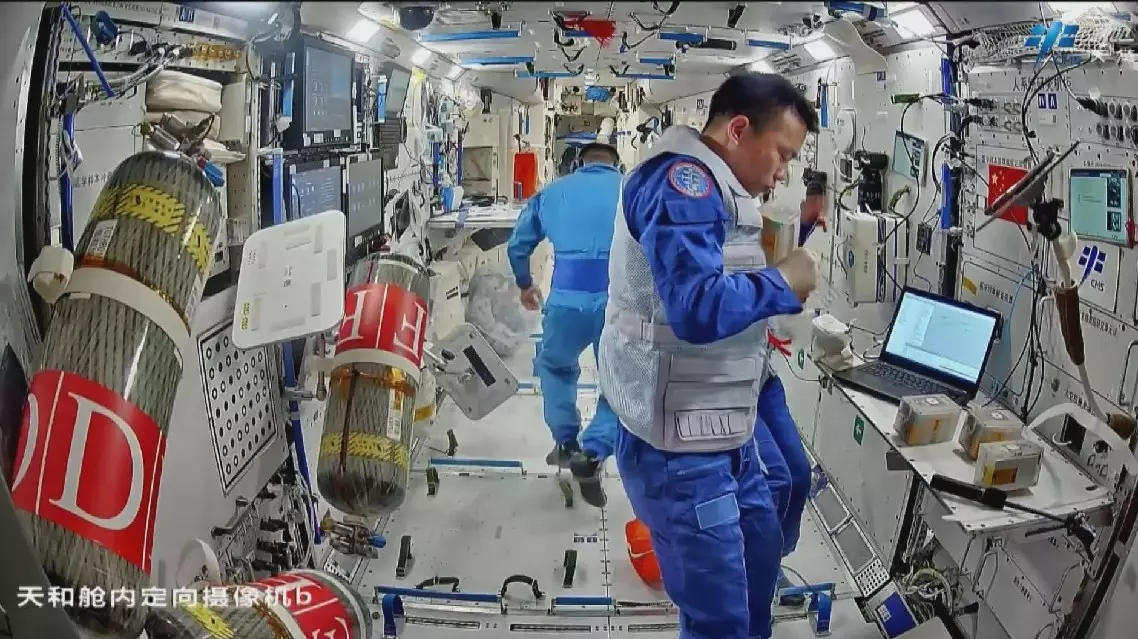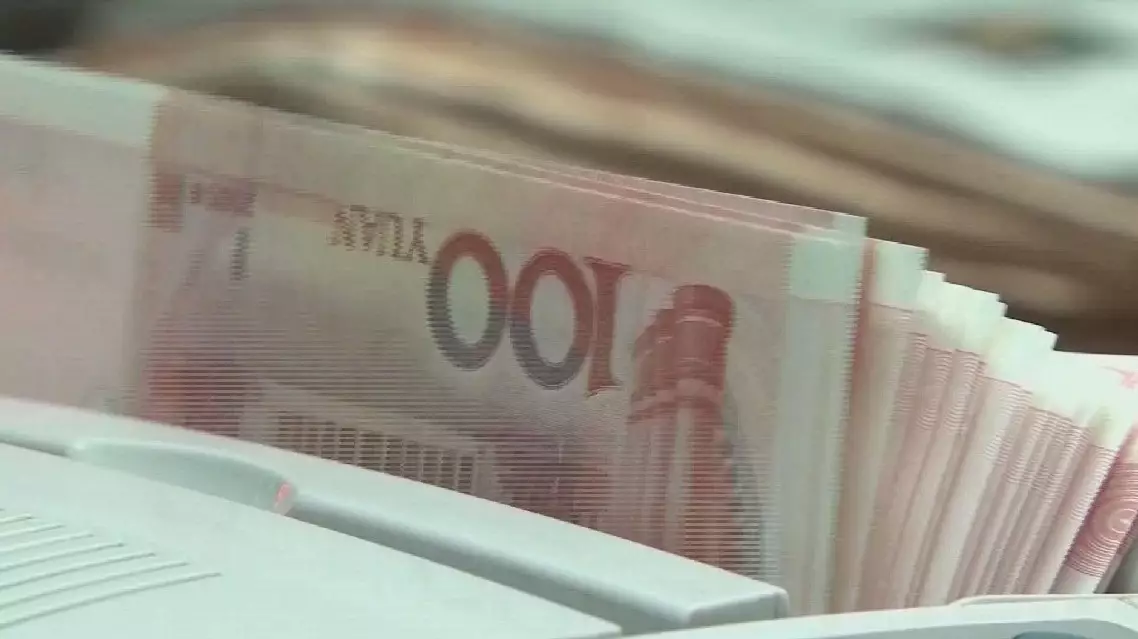China's Shenzhou-19 crew have been conducting multiple scientific research and technological tests simultaneously, which are all in smooth progress, since they were sent to the Tiangong space station on Oct 30.
The crew members, Cai Xuzhe, Song Lingdong and Wang Haoze, are tasked to conduct 86 experiments covering such fields as space life science, basic microgravity physics, space material science, aerospace medicine, and new aerospace technologies during their six-month mission.
An intriguing one is a fruit fly research aimed at studying the growth, development, and behavior of the flies in a low-magnetic environment. It is now smoothly underway.
The fruit flies were delivered to the space station by Tianzhou-8 cargo craft in mid-November. It is the first time that China has taken the small insects into space.
Unlike Earth, which has a magnetic field, Mars has only a weak magnetic field, and the moon has none. By establishing a low-magnetic environment in space, researchers aim to explore how reduced magnetism and microgravity affect the behavior and growth of fruit flies.
With a body length of just three to four millimeters, a short life cycle, rapid reproduction, and a large number of offspring, fruit flies are ideal "model organisms" for genetic experiments. Their genetic similarities to humans make them valuable in studying human genetic diseases and provide insights into human adaptation to space environments.
Cytological research is also underway. The astronauts have completed collecting and storing samples, laying a solid foundation for future application of 3D printed tissues using stem cells in space environment and space drug screening.
The trio have completed the installation, replacement and maintenance of some experiment equipment including the biotechnology experiment cabinet, the high temperature materials experiment cabinet, and the fluid physics experiment cabinet, making them ready for experiments.
The crew have also replaced the burner of the combustion experiment cabinet, vacuumed the cabinet, and replaced samples in the fluid physics experiment cabinet.

Scientific experiments of China's Shenzhou-19 mission in smooth progress

Scientific experiments of China's Shenzhou-19 mission in smooth progress

Scientific experiments of China's Shenzhou-19 mission in smooth progress

Scientific experiments of China's Shenzhou-19 mission in smooth progress









